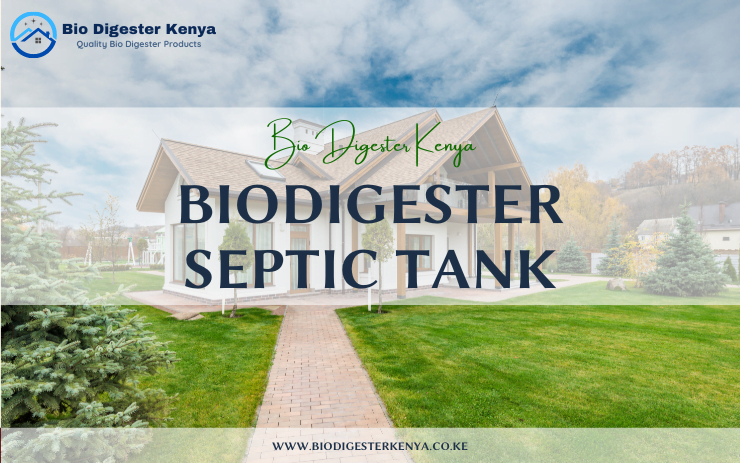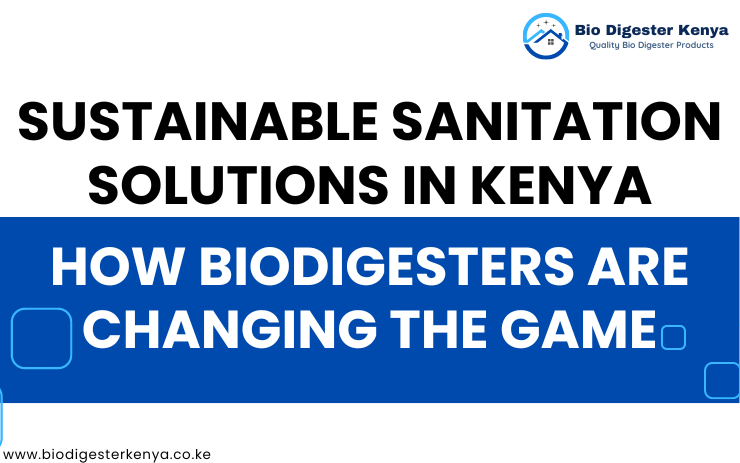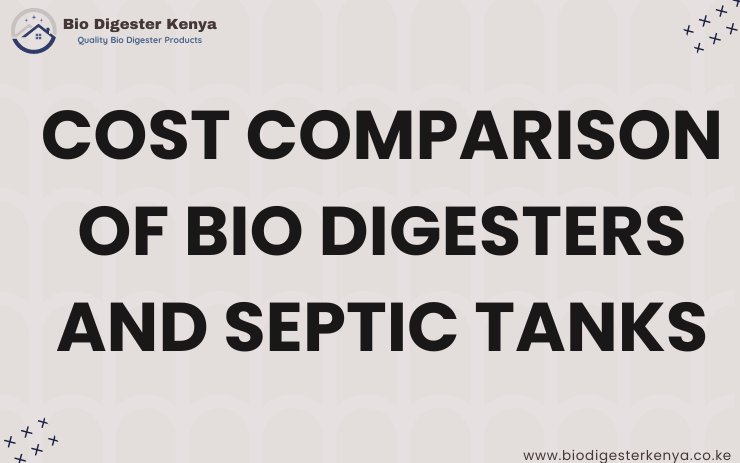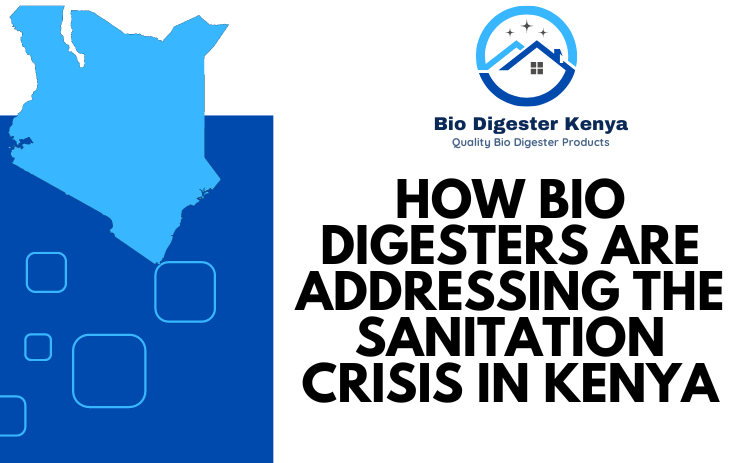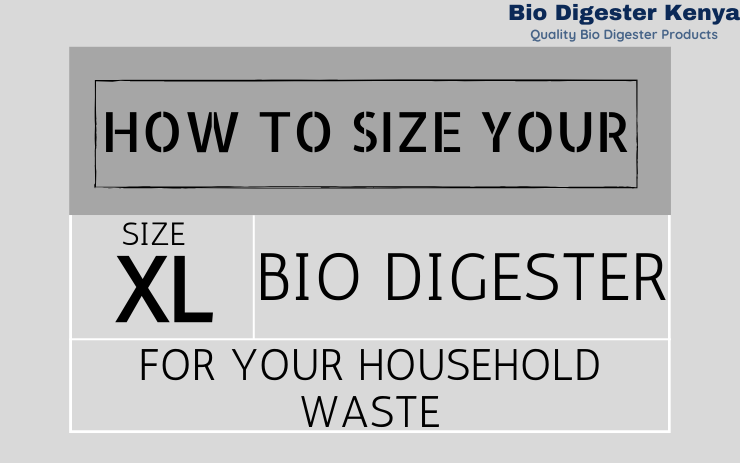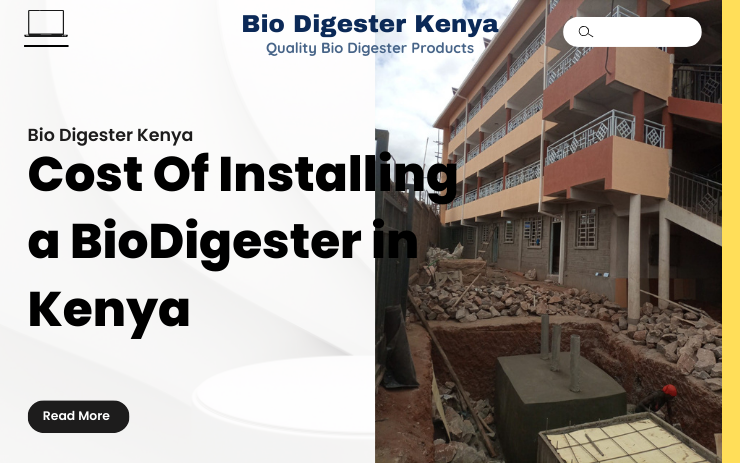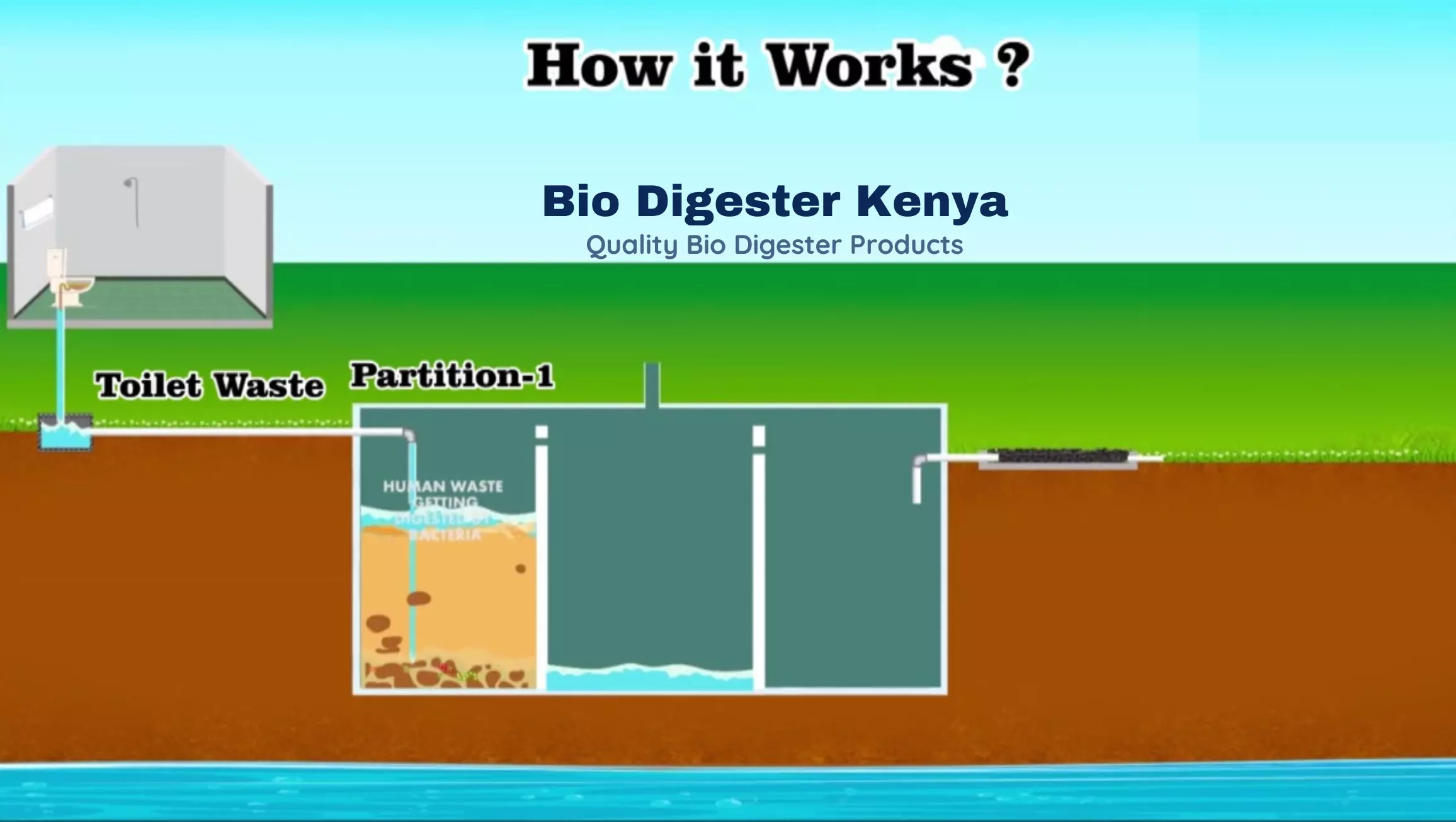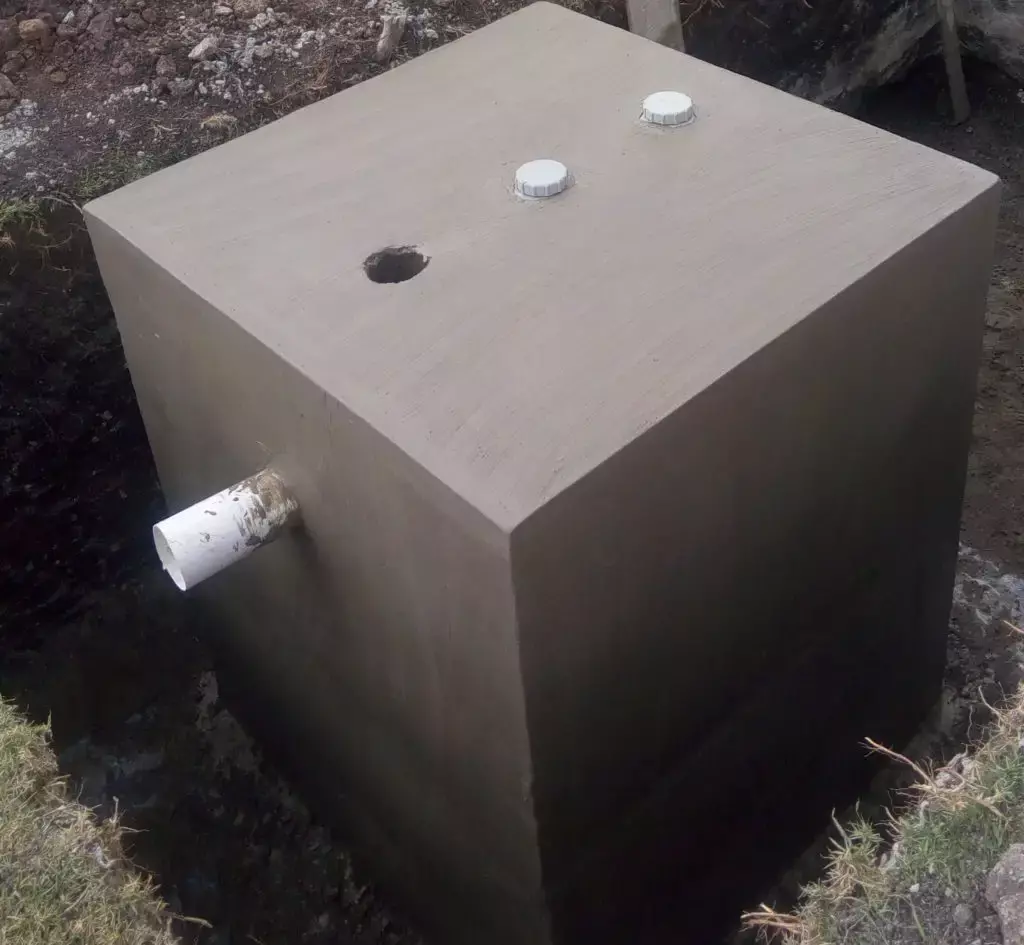
Introduction
In today’s world, where environmental concerns are increasingly prominent, the need for sustainable waste management solutions is greater than ever.
Biodigesters have emerged as a practical and eco-friendly alternative for efficiently treating organic waste.
If you’re considering installing a bio digester, you might be wondering about the associated costs.
This article will provide you with a comprehensive understanding of bio digester installation costs, including factors influencing the expenses, a breakdown of the costs involved, and essential information to help you make an informed decision.
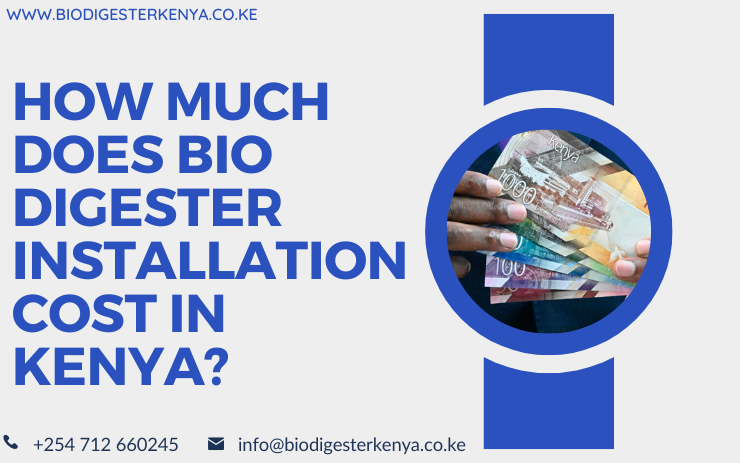
Table of Contents
What is a Bio Digester?
Before delving into the costs, let’s begin by understanding what a bio digester actually is.
A bio digester, is an anaerobic digestion system that breaks down organic waste, such as food waste, animal manure, or sewage, to produce biogas and nutrient-rich bio-fertilizer.
The process occurs in a sealed container where microorganisms break down the waste material in the absence of oxygen.
The produced biogas can be used for cooking, heating, or generating electricity, while the bio-fertilizer can be used to enhance soil fertility.
You can read more about How a Bio Digester works on this article.
Benefits of Installing a Bio Digester
Installing a bio digester offers numerous advantages, both from an environmental and economic perspective. Here are some key benefits:
- Waste Management: Bio digesters efficiently treat organic waste, reducing its volume and eliminating foul odors. This helps in maintaining cleanliness and hygiene in your surroundings.
- Renewable Energy Generation: The biogas produced by a bio digester is a renewable energy source that can be used for various purposes, such as cooking, and heating. It reduces dependence on fossil fuels and lowers greenhouse gas emissions.
- Cost Savings: By utilizing biogas for cooking or generating electricity, you can significantly reduce your energy bills. Additionally, the nutrient-rich bio-fertilizer produced can replace chemical fertilizers, resulting in cost savings for agricultural purposes.
- Environmental Sustainability: Bio digesters contribute to sustainable waste management practices by diverting organic waste from landfills, thereby reducing methane emissions, a potent greenhouse gas.
- Improvement of Soil Fertility: The bio-fertilizer generated by bio digesters is a nutrient-rich organic substance that enhances soil fertility, leading to healthier plant growth and increased agricultural productivity.
Factors Affecting Bio Digester Installation Cost
Several factors influence the cost of installing a bio digester.
Understanding these factors can help you estimate the expenses involved and make an informed decision.
The following are some key factors to consider:
- Size and Capacity: The size and capacity of the bio digester are crucial determinants of the installation cost. Larger bio digesters that can handle higher volumes of waste tend to be more expensive.
- Type of Bio Digester: Different types of bio digesters are available, such as fixed dome digesters, floating drum digesters, and plug-flow digesters. Each type has its own cost implications, with some being more cost-effective than others.
- Site Preparation: The site where the bio digester will be installed may require preparation work, such as excavation or leveling. The extent of site preparation needed can impact the overall installation cost.
- Labor and Equipment: The cost of labor and equipment required for the installation process should be considered. Complex installations or specialized equipment may lead to higher costs.
It’s important to consult with experts in bio digester installation to assess these factors and receive accurate cost estimates based on your specific requirements.
Cost Breakdown of Bio Digester Installation
The cost of bio digester installation can vary significantly based on the factors discussed earlier.
Here is a breakdown of the typical cost components involved:
- Bio Digester Unit: The cost of the bio digester unit itself forms a significant portion of the installation cost. It varies depending on the size, capacity, and type of digester chosen.
- Site Preparation: This includes any groundwork required, such as excavation, leveling, or construction of a foundation for the bio digester. The complexity of the site preparation determines the associated cost.
- Labor and Equipment: The cost of labor and equipment required for the installation process is an essential component. Skilled labor and specialized equipment may incur higher costs.
- Piping and Plumbing: The installation of pipes and plumbing connections to supply biogas and transport waste material should be considered. The length and complexity of the piping system can impact the overall cost.
It’s important to note that the cost breakdown can vary based on individual circumstances and project specifications.
Get in touch with Bio Digester Kenya today and obtain a quote.
Choosing the Right Bio Digester for Your Needs
Selecting the appropriate bio digester for your specific needs is crucial to ensure efficient waste treatment and maximum cost-effectiveness.
Consider the following factors when making your decision:
- Waste Quantity and Type: Assess the volume and type of waste you need to treat. This will determine the capacity and size requirements of the bio digester.
- Available Space: Evaluate the available space on your property to determine the appropriate size and type of bio digester that can be accommodated.
- Budget: Define your budget and explore options within your price range. Consider the long-term benefits and cost savings that a bio digester can provide.
- Reputation and Warranty: Bio Digester Kenya is a well known Bio Digeseter Installer. We have a proven track record of manufacturing and installing Bio Digesters. We also offer maintenance services and Bacteria for your Bio Digester. We offer good sales service to ensure you have peace of mind.
- Expert Advice: Consult with bio digester installation experts who can provide guidance based on your specific requirements. Bio Digester Kenya is well know for installing quality Bio Digesters for homes and businesses.
By carefully considering these factors, you can select a bio digester that aligns with your waste management goals and budget.
Installation Process of a Bio Digester
The installation process of a bio digester typically involves several steps. Here is a general overview of the installation process:
- Site Assessment: Experts assess the site to determine its suitability for bio digester installation. Factors such as soil conditions, accessibility, and proximity to waste sources are evaluated.
- Design and Planning: Based on the site assessment, a detailed design and installation plan are developed. This includes determining the appropriate size, type, and capacity of the bio digester, as well as any additional features.
- Site Preparation: If necessary, site preparation work, such as excavation or leveling, is carried out to create a stable foundation for the bio digester.
- Bio Digester Installation: The bio digester unit is installed according to the design and plan. Skilled technicians ensure proper alignment, connection of pipes, and integration of any additional features.
- Plumbing and Connections: Plumbing connections are made to supply waste material.
- Testing and Commissioning: The installed bio digester is thoroughly tested to ensure its functionality and integrity. Our Technicians conduct checks for any leaks or malfunctions and make adjustments as needed.
- Training and Handover: Once the installation is complete, our technicians provide training on operating and maintaining the bio digester. They also hand over any warranties or documentation related to the installation.
It’s important to engage experienced professionals for bio digester installation to ensure a smooth and efficient process.
Maintenance and Upkeep of Bio Digesters
Proper maintenance and regular upkeep are essential to ensure the long-term functionality and efficiency of a bio digester. Here are some key maintenance practices we offer:
- Routine Inspections: Regularly inspect the bio digester for any signs of wear, damage, or leaks. Identify and address issues promptly to avoid any major problems.
- Cleaning and Sludge Removal: Periodically clean the bio digester to remove accumulated sludge and ensure optimal digestion. Follow recommended guidelines for sludge removal and disposal.
- Bacteria Additions: Add bacteria or microbial inoculants specifically designed for bio digesters to maintain the desired microbial activity. These bacteria help in breaking down waste material efficiently.
- Safety Measures: Follow safety guidelines and protocols when handling biogas and conducting maintenance activities. Ensure proper ventilation and take necessary precautions to prevent accidents.
Regular maintenance and proper upkeep will not only prolong the lifespan of your bio digester but also ensure optimal performance and cost-effectiveness over time.
Where to Buy Bio Digesters and Bacteria
When it comes to purchasing bio digesters and bacteria for activating the digesters, it’s crucial to choose reliable suppliers.
You can explore our Bio Digester Bacteria here:
FAQs
1.What is the lifespan of a bio digester? The lifespan of a bio digester can vary depending on factors such as quality, maintenance, and usage. Generally, well-maintained bio digesters can last for 20 to 30 years or even longer.
2. Can a bio digester be installed in any location? Bio digesters can be installed in various locations, including residential, commercial, and agricultural settings. However, site-specific factors such as space availability, soil conditions, and local regulations need to be considered.
3. Are bio digesters environmentally friendly? Yes, bio digesters are environmentally friendly. They help in reducing greenhouse gas emissions, diverting waste from landfills, and producing renewable energy and nutrient-rich bio-fertilizer.
4. How often should a bio digester be serviced? Bio digesters should be serviced regularly, typically once or twice a year. Routine inspections, sludge removal, and maintenance of gas and pressure systems are crucial for optimal performance.
5. Are there any incentives or rebates available for bio digester installation? Depending on your location, there may be incentives or rebates available for installing bio digesters. Check with local government agencies or environmental organizations to inquire about potential financial incentives.
Conclusion
Installing a bio digester provides a sustainable and eco-friendly solution for organic waste management.
The cost of bio digester installation can vary based on factors such as size, type, site preparation, labor, and additional features.
By understanding the factors influencing the cost and the overall benefits of bio digesters, you can make an informed decision.
Proper installation, regular maintenance, and purchasing from reputable suppliers are essential for long-term efficiency and cost-effectiveness.
Embrace the benefits of bio digesters and contribute to a cleaner and greener future.




















